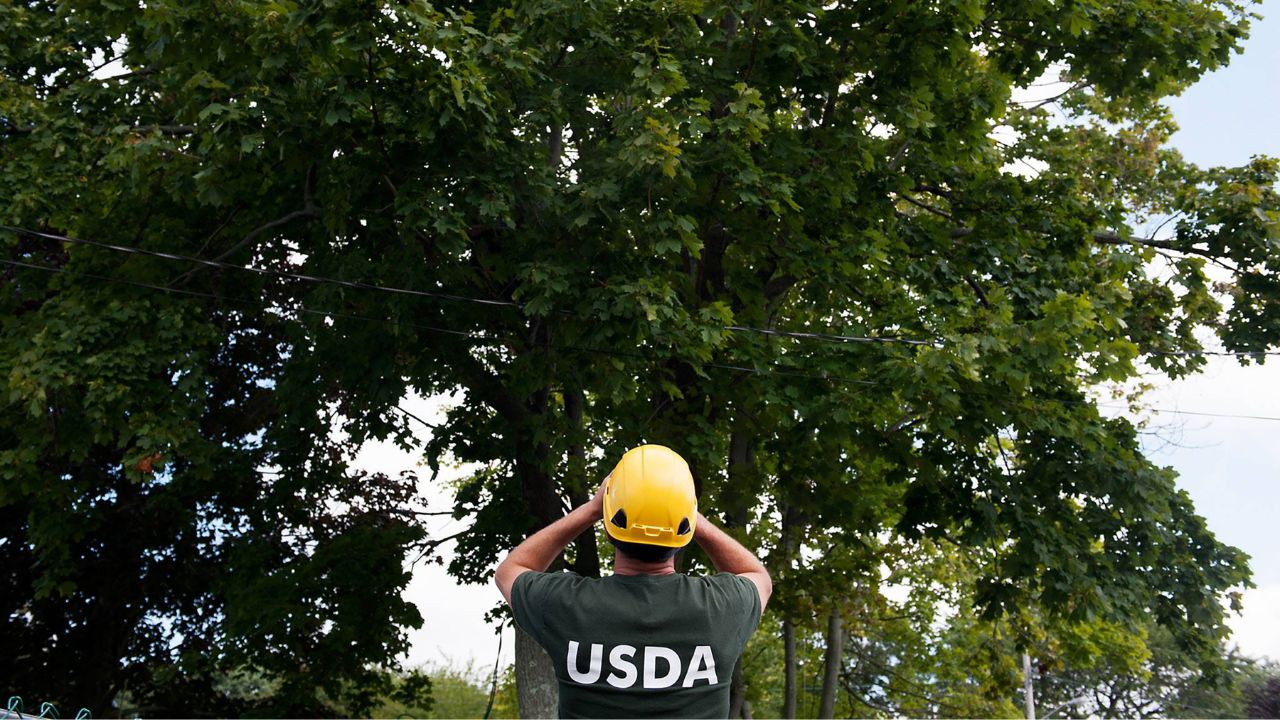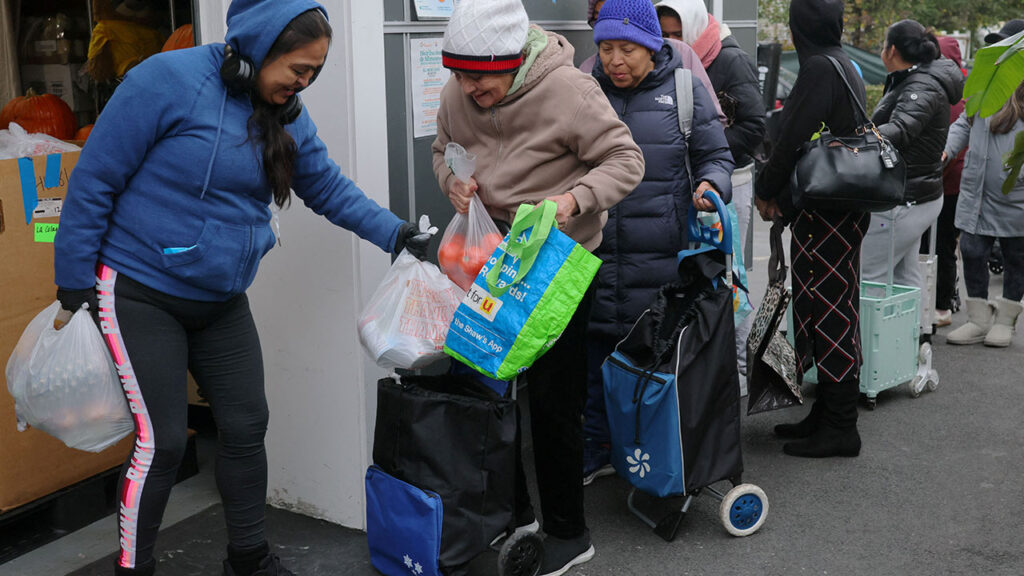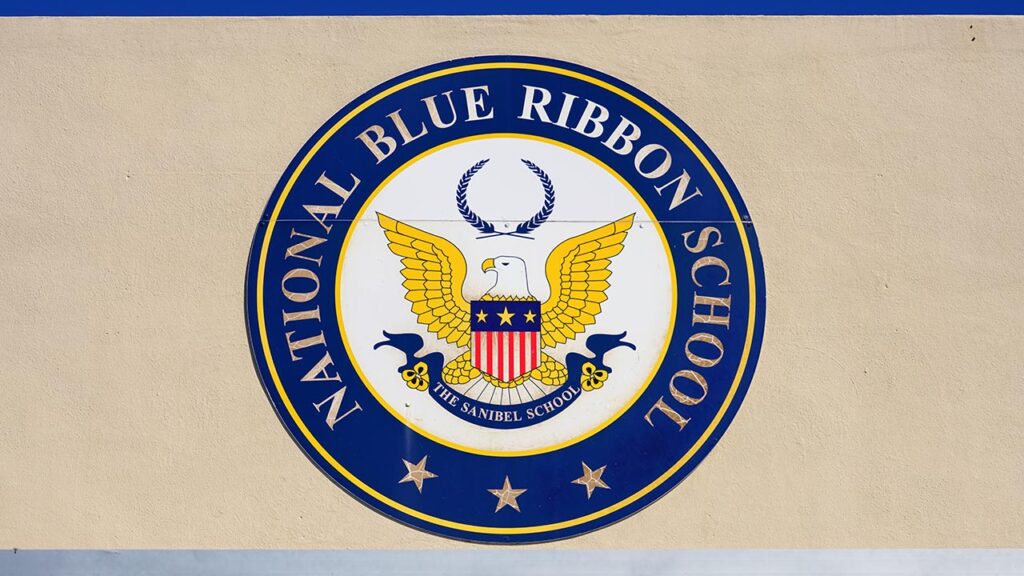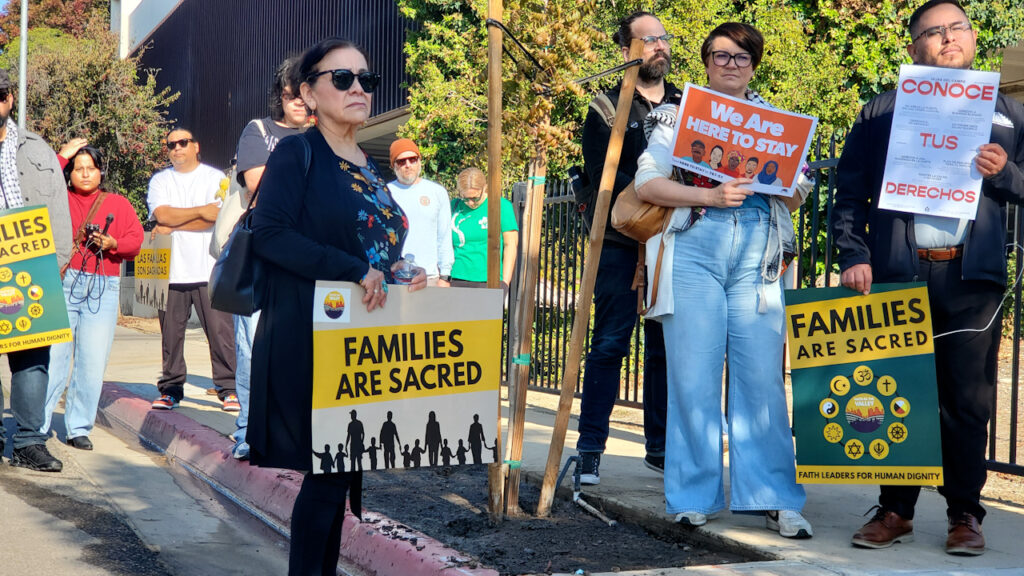U.S.D.A. workers with the agency’s eradication program to combat the invasive Asian long-horned beetle’s spread in West Babylon, N.Y., Feb. 25, 2025. Mass federal firings, which hit agencies involved in protecting the nation’s food supply and agricultural products, could have long-lasting consequences, experts said. (Bryan Thomas/The New York Times)

- Trump’s cuts to agencies disrupt health, food safety, and research, leading to long-term consequences for public health.
- Federal firing wave targets plant and animal health, leaving agencies like USDA under-resourced during crucial outbreaks.
- Research interruptions, lab shutdowns, and scientist job insecurity leave agricultural science uncertain, affecting U.S. food safety.
Share
|
Getting your Trinity Audio player ready...
|
Shortly after taking office for the second time, President Donald Trump began making deep cuts to agencies and programs that play critical roles in human health, slashing funding for medical research, halting global health aid and firing scores of workers at the Centers for Disease Control and Prevention.
But the campaign to downsize government, which has been led by Trump and Elon Musk, has also hollowed out agencies and programs devoted to protecting plant and animal health. The recent wave of mass firings hit federal workers responding to the nation’s growing bird flu outbreak, protecting crops from damaging pests and ensuring the safety of pet food and medicine, among other critical duties.
Although the government has since rescinded some of these firings, the terminations — combined with a federal hiring freeze and buyout offers — are depleting the ranks of federal programs that are already short on employees and resources, experts said.
The damage could be long-lasting. Workers whose jobs were spared said the upheaval had left them eyeing the exits, and graduate students said they were reconsidering careers in the federal government. The shrinking workforce could also have far-reaching consequences for trade and food security and leave the nation unequipped to tackle future threats to plant and animal health, experts said.
“These really were indiscriminate firings,” said John Ternest, who lost his job at the U.S. Department of Agriculture, where he was preparing to conduct studies on honeybee health and crop pollination. “We don’t know what we’ve lost until it’s potentially too late.”
Plant and Animal Inspectors
The most recent wave of firings focused on the roughly 200,000 “probationary” employees across the federal government, who had fewer job protections because they were relatively new to their positions. (For some roles, the probationary period can be as long as three years, and it can also reset when longtime employees are promoted.)
The exact size and scope of the job losses remain unclear, and the USDA did not answer questions about the number of workers who had been terminated or reinstated at several of its agencies.
But in an emailed statement, a USDA spokesperson said that Brooke Rollins, the new secretary of agriculture, “fully supports President Trump’s directive to optimize government operations, eliminate inefficiencies and strengthen USDA’s ability to better serve American farmers, ranchers and the agriculture community.”
Reports suggest that the department has lost thousands of employees.
That includes roughly 400 people who worked in its Animal and Plant Health Inspection Service, according to one USDA official who asked not to be named for fear of retaliation. The plant protection and quarantine program within APHIS was especially hard hit, losing more than 200 employees, including agricultural inspectors, entomologists, taxonomists and even tree climbers who surveyed for pests, the official said.
Some of the fired workers were responsible for combating invasive, plant-killing insects, such as the Asian long-horned beetle, within the nation’s borders. Others worked to ensure that agricultural products entering and exiting the country were free of pests and pathogens. Exotic fruit flies pose a particular risk to American agriculture, including the citrus and berry industries.
The terminations are already causing import delays at the nation’s ports, according to the USDA official. Over the longer term, if agricultural pests and pathogens found their way into the country, they could infest the nation’s homegrown crops, threatening food security and reducing demand for American agricultural products abroad.
“If the United States gets a reputation for having dirty products, does that mean other countries will also, you know, step in and say, ‘Hey, we don’t want to buy your goods’?” the official said.
The firings also hit the agency’s veterinary services program, which inspects imported livestock for disease and plays a key role in the nation’s bird flu response, said Dr. Joseph Annelli, the executive vice president of the National Association of Federal Veterinarians.
The USDA has quickly rehired some of the employees who were involved in the bird flu response, suggesting that their firings had been a mistake. But even before the recent terminations, the government was short on veterinarians, Annelli said. “There has not been adequate staffing for at least 10 years,” he said. “We need more veterinarians, not less.”
Agricultural Scientists
Roughly 800 people, including the leaders of laboratories, were also fired across the Agricultural Research Service, the in-house scientific agency at the USDA, according to a department official who was not authorized to discuss the matter and spoke on the condition of anonymity.
The firings brought a wide range of research projects to an abrupt halt and left the technicians and the students who worked in these labs in limbo.
One New York lab was in the middle of investigating a potential outbreak of late blight, a potato disease, when the lead scientist was fired, said Isako Di Tomassi, a graduate student at Cornell University who worked in the lab. Potato samples from a large, commercial farm are now locked up in the shuttered lab, “untouched and untested,” Di Tomassi said.
Scientists and statisticians working in the U.S. Meat Animal Research Center in Nebraska, which studies livestock genetics and breeding, were also terminated, including those working on research projects in food safety and salmonella testing. The firings have led to objections from Nebraskas’s Republican congressional delegation and industry groups.
“We understand and respect the federal government’s desire to cut wasteful spending, but the truth of the matter is, U.S. MARC does not fall in that category,” the Nebraska Cattlemen Association said in a statement. The work being done at the center, the statement continued, “has potential to reduce costs for the beef industry long term and improve food safety for consumers.”
Some — but not all — of the agency’s scientists were reinstated this week. Still, the mass firings could do lasting reputational damage to the agency, they said.
“I think that people that want to earnestly do science are going to be viewing and remembering these decisions and how scientists are being treated,” said one agricultural researcher who was fired and then rehired and requested anonymity to protect the job.
In interviews, several graduate students in agricultural science said they were no longer sure whether they could build research careers in the federal government.
“My future as a scientist seems very uncertain right now,” Di Tomassi said.
“Getting a federal scientist position is a big deal,” she said. “It’s not easy to do, and all of that investment is now being let go.”
Animal Health Regulators
Although the Centers for Disease Control and Prevention primarily concerns itself with human health, the agency also aims to prevent zoonotic diseases, including by regulating the entry of animals — particularly those than can carry pathogens — into the United States.
For example, the agency does not permit dogs that have recently been in countries with a high prevalence of rabies to enter the United States unless they have been vaccinated against the disease. CDC officers also examine animals at port stations, and isolate or quarantine those exposed to dangerous pathogens.
But the Trump administration recently dismissed about half of the CDC employees at the agency’s 20 port health stations, leaving some stations entirely unattended.
Calls to the port station in San Juan, Puerto Rico, last week were rerouted to the station in Miami, where a CDC employee who declined to be identified said that no one would be at the San Juan post “for a very long time.”
Workers were also fired from the Food and Drug Administration’s Center for Veterinary Medicine. Among those affected were employees reviewing data on novel animal medicines and working to ensure that pet food and animal feed were free of contaminants.
Those teams were already short-staffed, said two fired employees, who asked not to be identified because they are appealing their terminations. They worried that the losses could slow down the approval of new animal drugs and even cause dangerous products to fall through the cracks.
“It’s a gap in the safety structure,” one of the employees said. “They’re big challenges and there’s no one else to take it on. That’s the job of government.”
—
This article originally appeared in The New York Times.
By Emily Anthes and Apoorva Mandavilli/Bryan Thomas
c. 2025 The New York Times Company
RELATED TOPICS:
Categories

Watch: Fresno Police Chase Down River Park Shooting Suspect

Fresno’s Cement Drivers Ask Feds for Vote to Leave Union

















